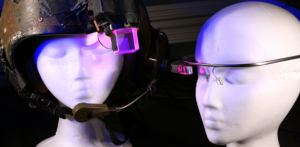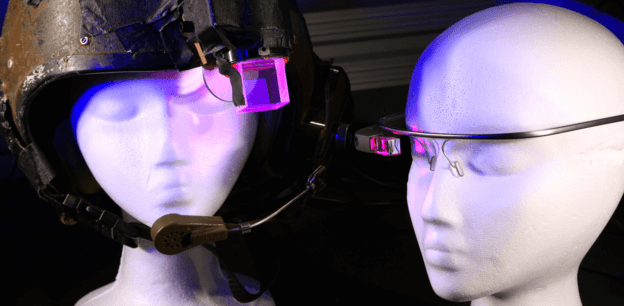 Business in the healthcare wearable industry is booming, with compound annual growth rates of 25% to 2020. In 2015, the market was worth $5.1 billion. In a market with such strong demands, intense competition leads to a volatile market where companies emerge just as quickly as they close. For every 100 wearable technologies, less than 5% make it through the door. I recently came across an article in Forbes, where journalists put together a list of issues that most frequently stop products from living up to their expected promise:
Business in the healthcare wearable industry is booming, with compound annual growth rates of 25% to 2020. In 2015, the market was worth $5.1 billion. In a market with such strong demands, intense competition leads to a volatile market where companies emerge just as quickly as they close. For every 100 wearable technologies, less than 5% make it through the door. I recently came across an article in Forbes, where journalists put together a list of issues that most frequently stop products from living up to their expected promise:
Over-engineering complicates development and usage: With wearable devices, it’s easy to pack in as many things as possible, yet that might not be the best route. According to recent survey by the Acquity Group, 24% of consumers thought their health monitor was too complicated. Plenty of wearables demand lots of effort from the user to enter information, perform calibrations and interpret the information on their own. Take, for examples, the Kreyos Meteor smartwatch, which tried to capture an over-ambitious spectrum of information and functions. Yet when it was finally released, the product was overly complicated, which hurt it.
Wearables have limited plug-and-play features: In an effort to copy Apple, many wearable developers create products that operate in a restrictive platform, thinking that they can capture the consumer and position other services. But unless a device is as game-changing as the iPod and iPhone, users won’t want to abandon other systems. Think of Samsung, which once controlled 71% of the smartwatch market, but last year indicated it was putting a “pause” on new products to rethink its strategy.
Discounting the importance of privacy: Many companies have made huge oversights with privacy concerns. There are plenty of privacy implications for medical-grade technology; wearable medical products can easily be hacked and altered to perform potentially disastrous actions. Developers need to be predictive to what potential scenarios their device could experience, and what needs to be done to prevent adverse breaches.
Unreliable data capture: Wearable developers proudly tout the number of biometrics and data points their device is able to capture as a main selling point. Yet many of these devices have a high degree of variability in terms of their accuracy. Fitbit shares have dropped 18%, and the company is facing a major setback as allegations of inaccurate heart rate monitoring technology emerge. Wearables are often able to capture accurate information in very specific, idealized situations, yet when exposed to a wider range of use cases, this information proves highly inaccurate.
Medical versus consumer strategy: Staff and resource limitations force early-stage developers to narrow down a potentially wide field of routes for their technology to go. One of the biggest decisions is whether to position their device as a consumer device or a true medical-grade product for use in clinical decision making, and many developers choose the former over the latter. Ultimately, information captured on a device intended for more general health and wellness can’t be used by a chronic disease sufferer or medical professional to make any sort of definitive decision. Although it’s a more complicated route, requiring buy-in from stakeholders across the healthcare industry has great potential to deliver on value and long-term staying power.
